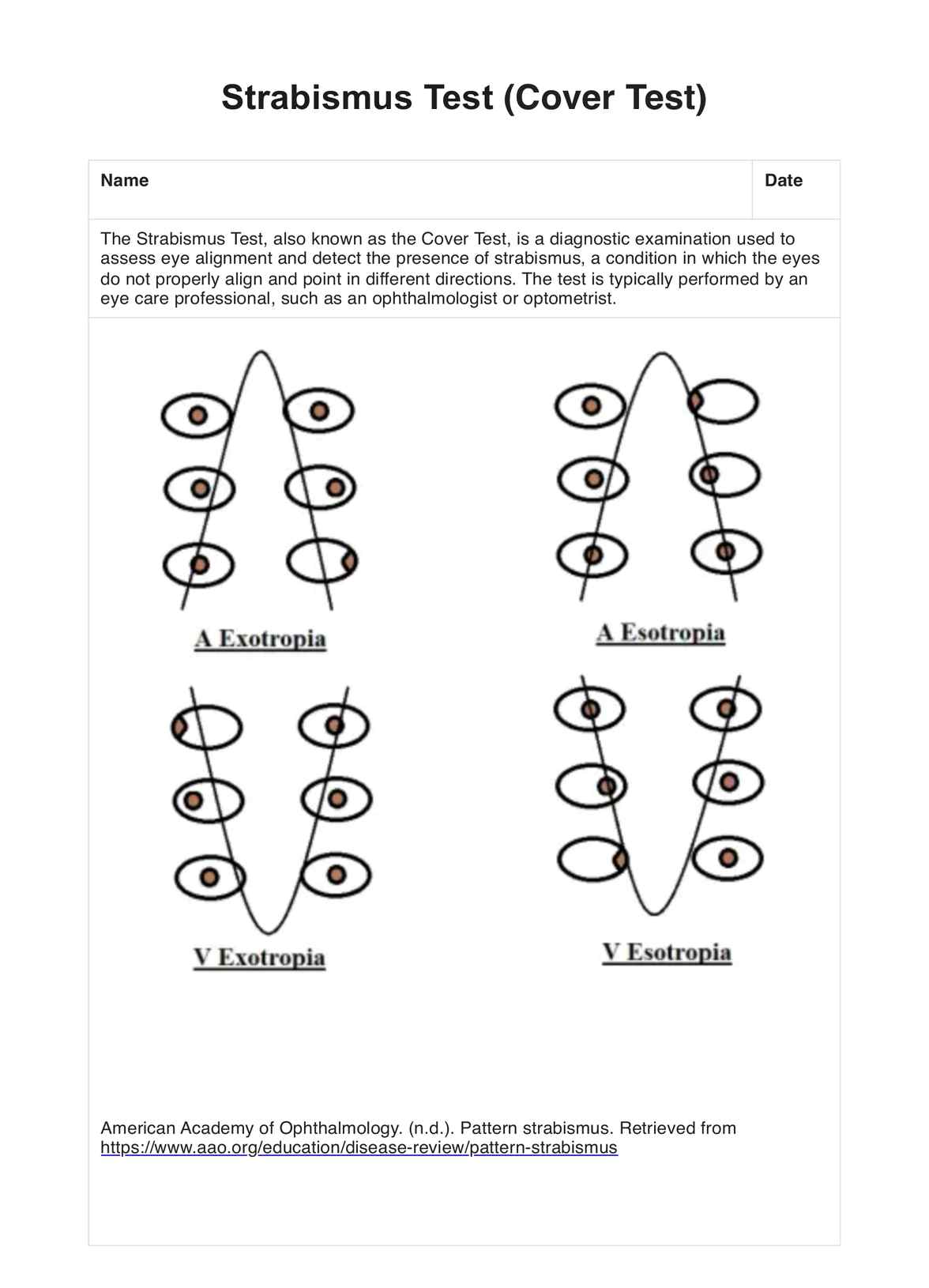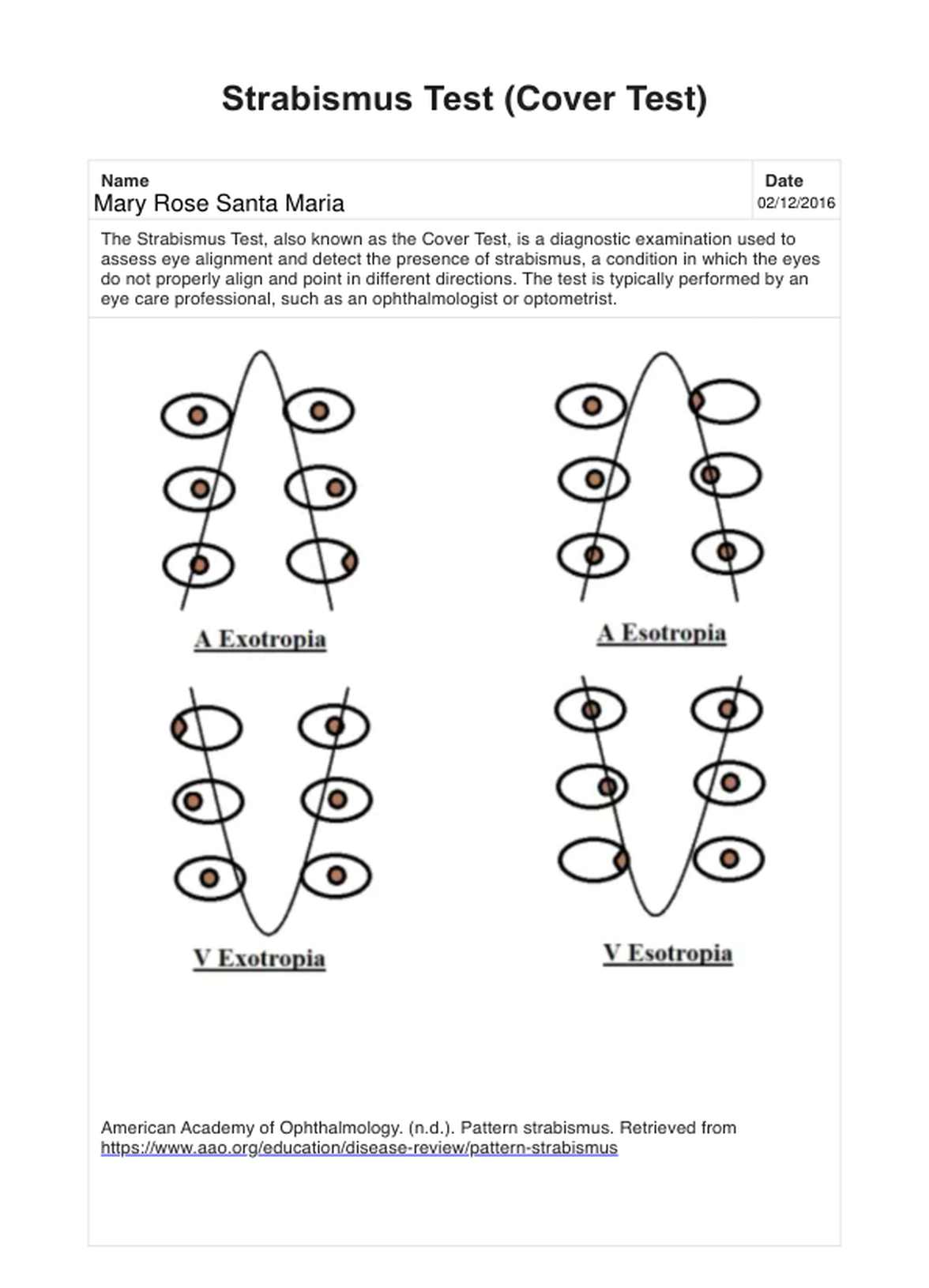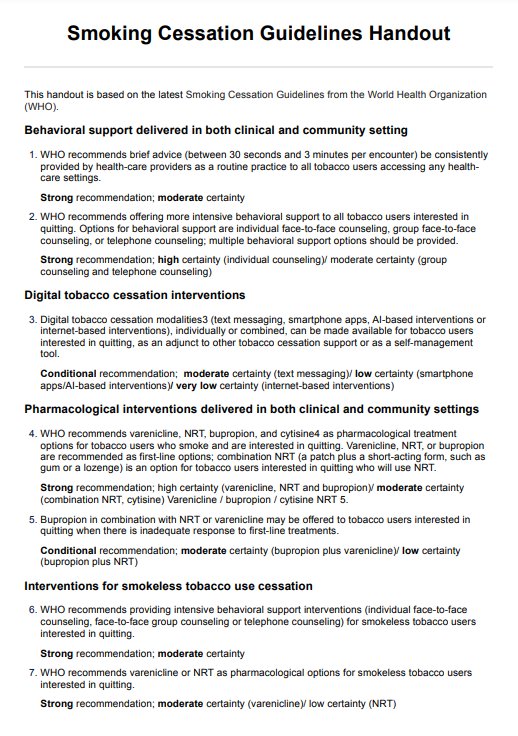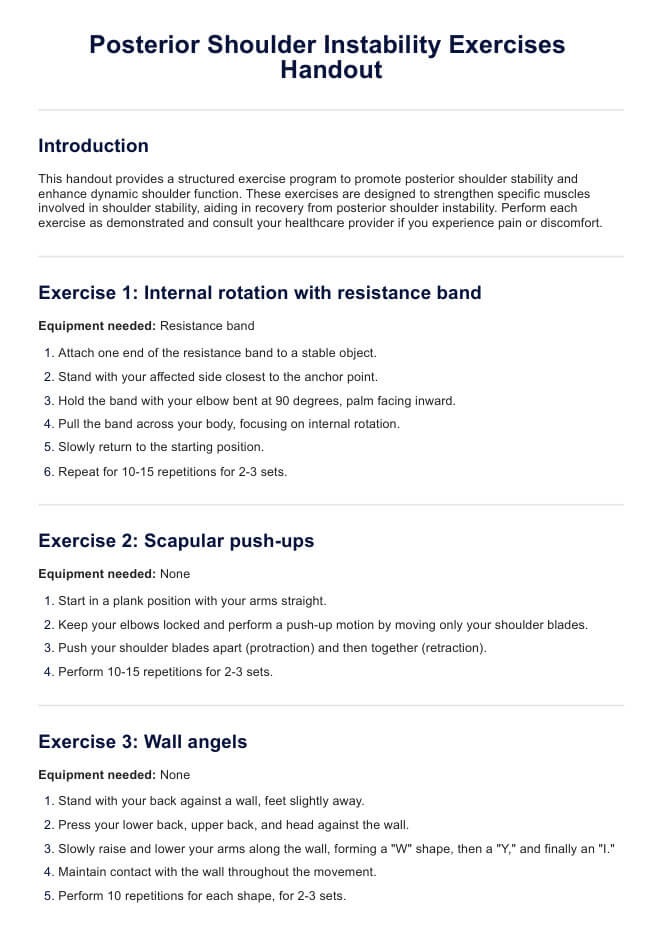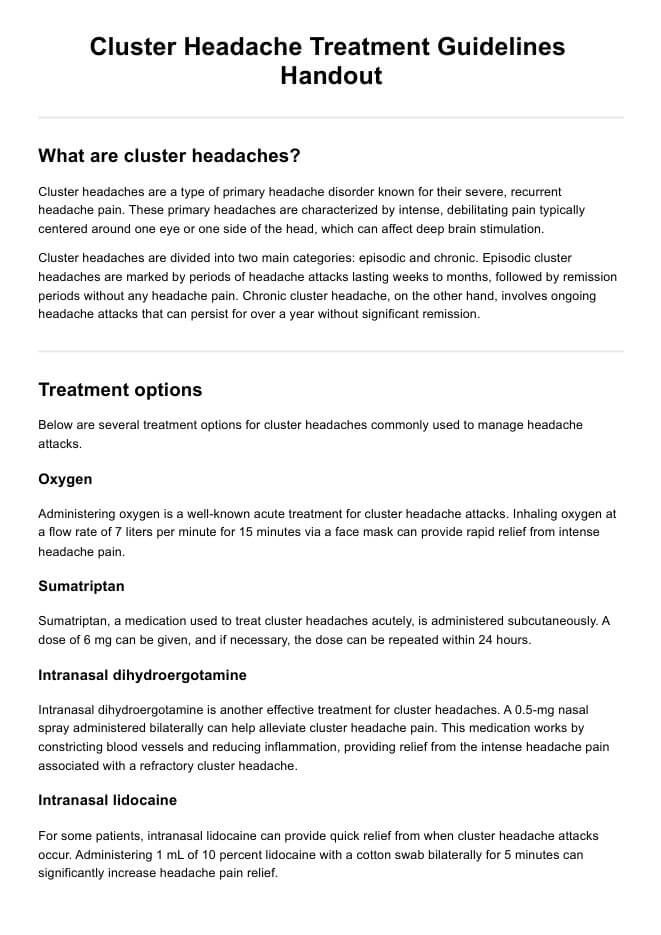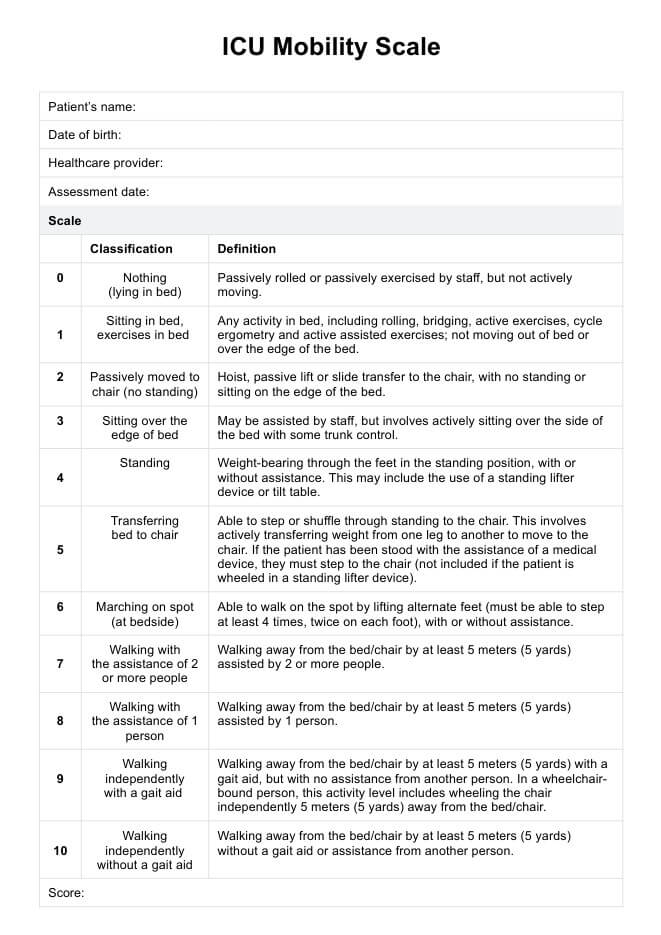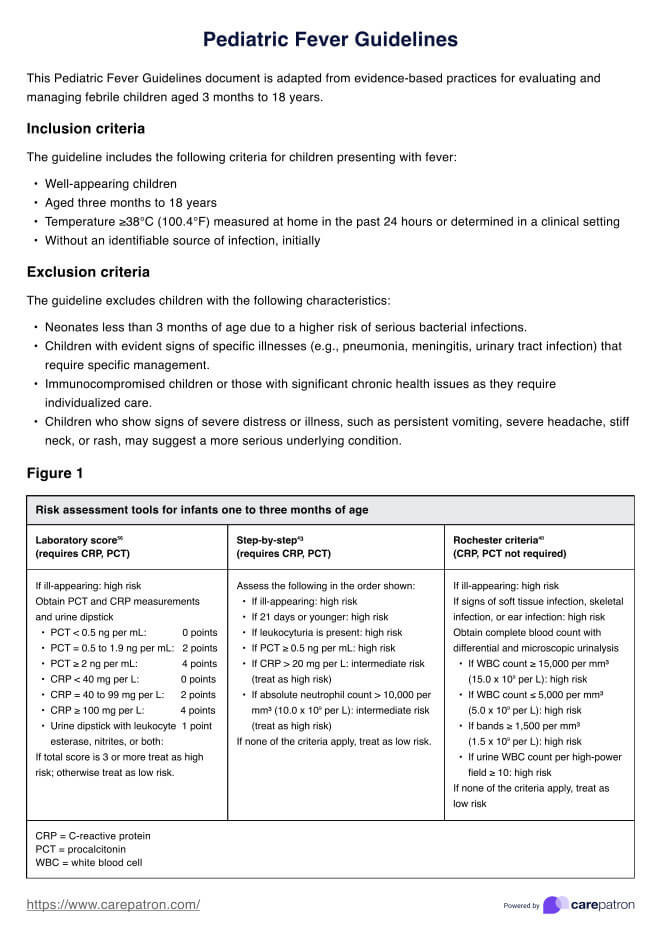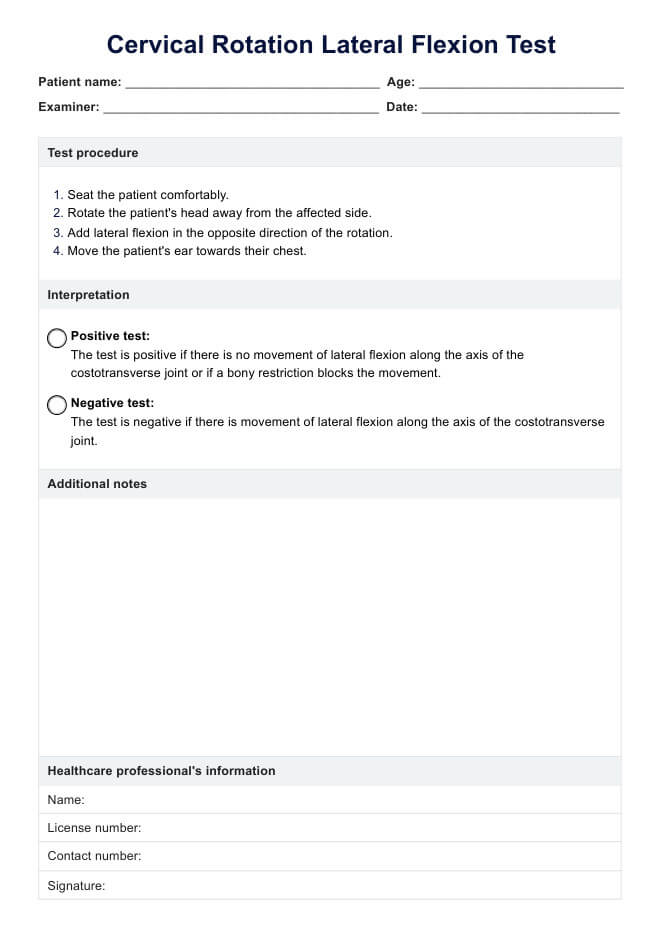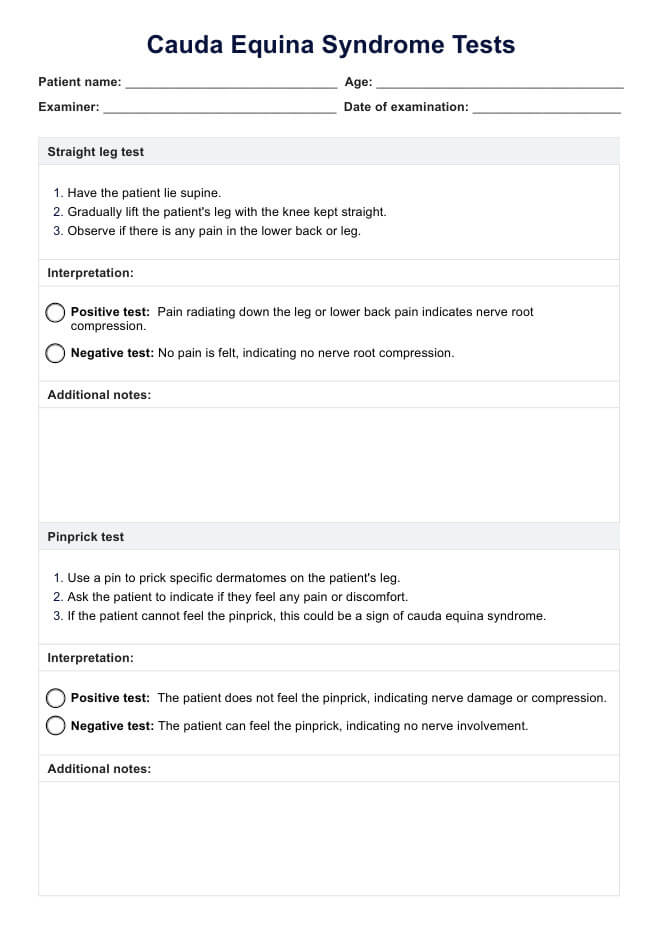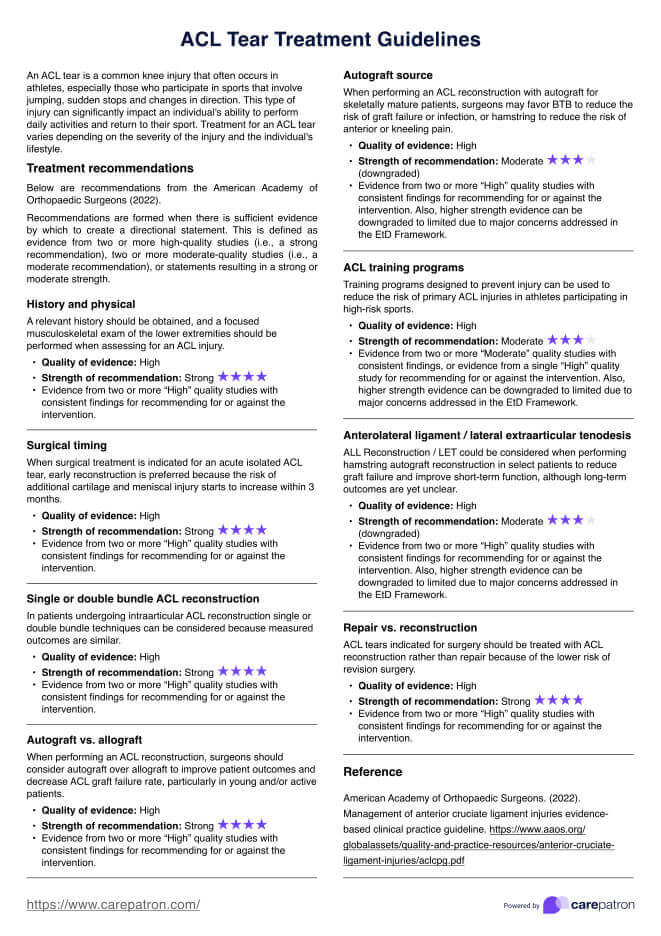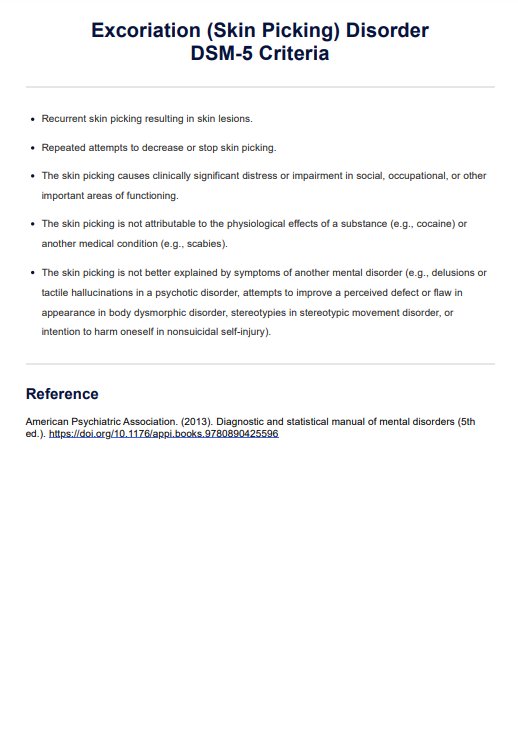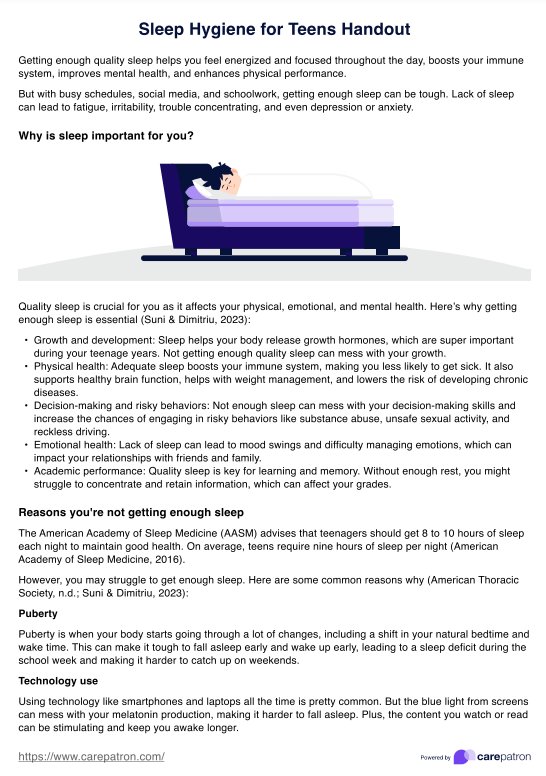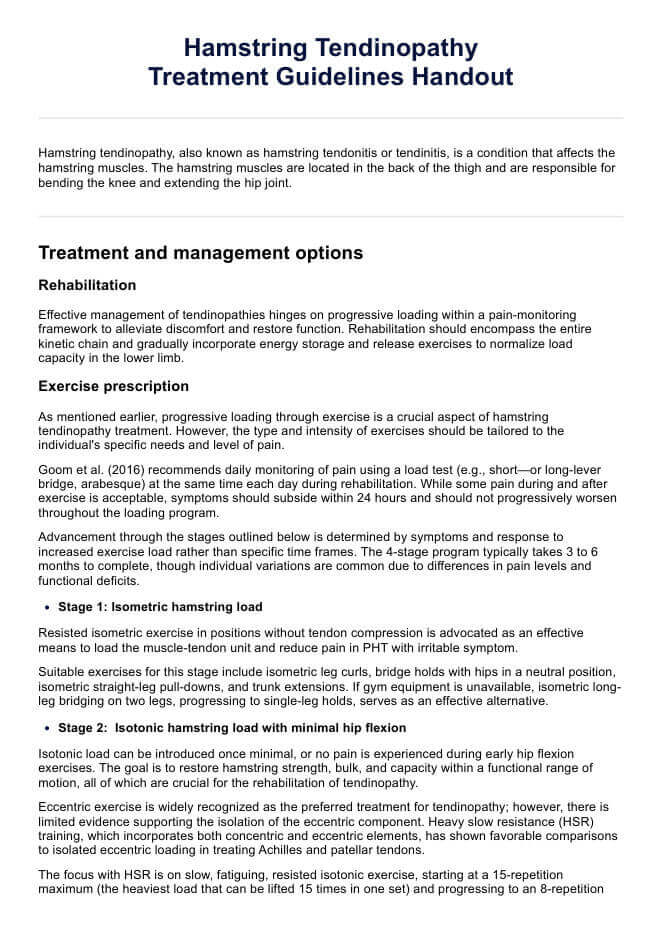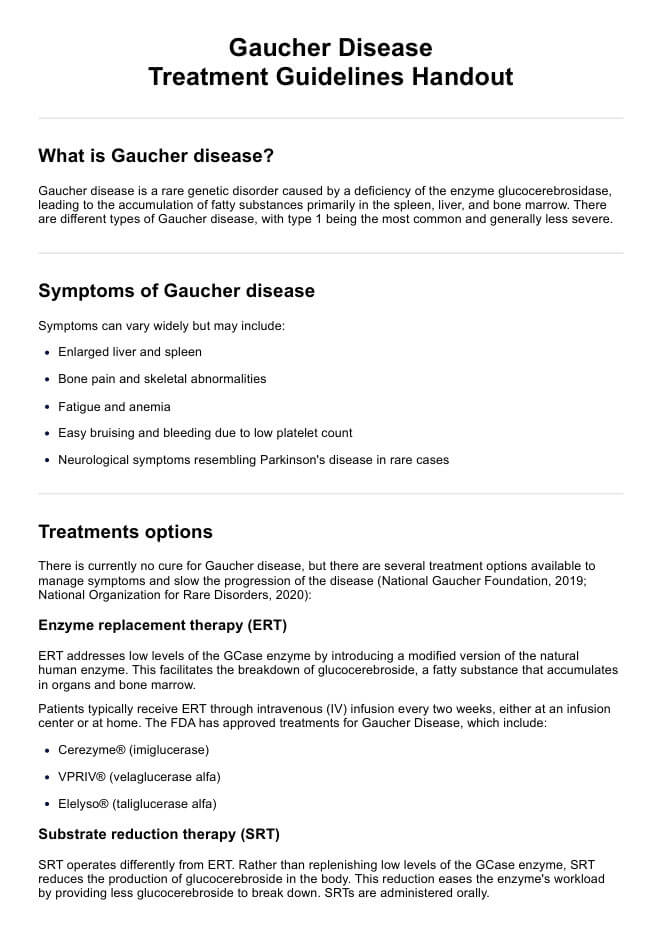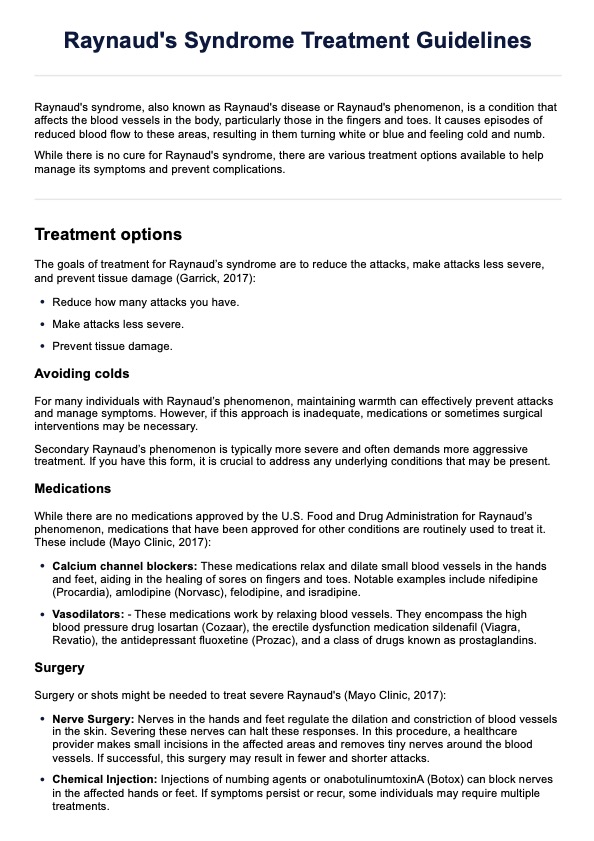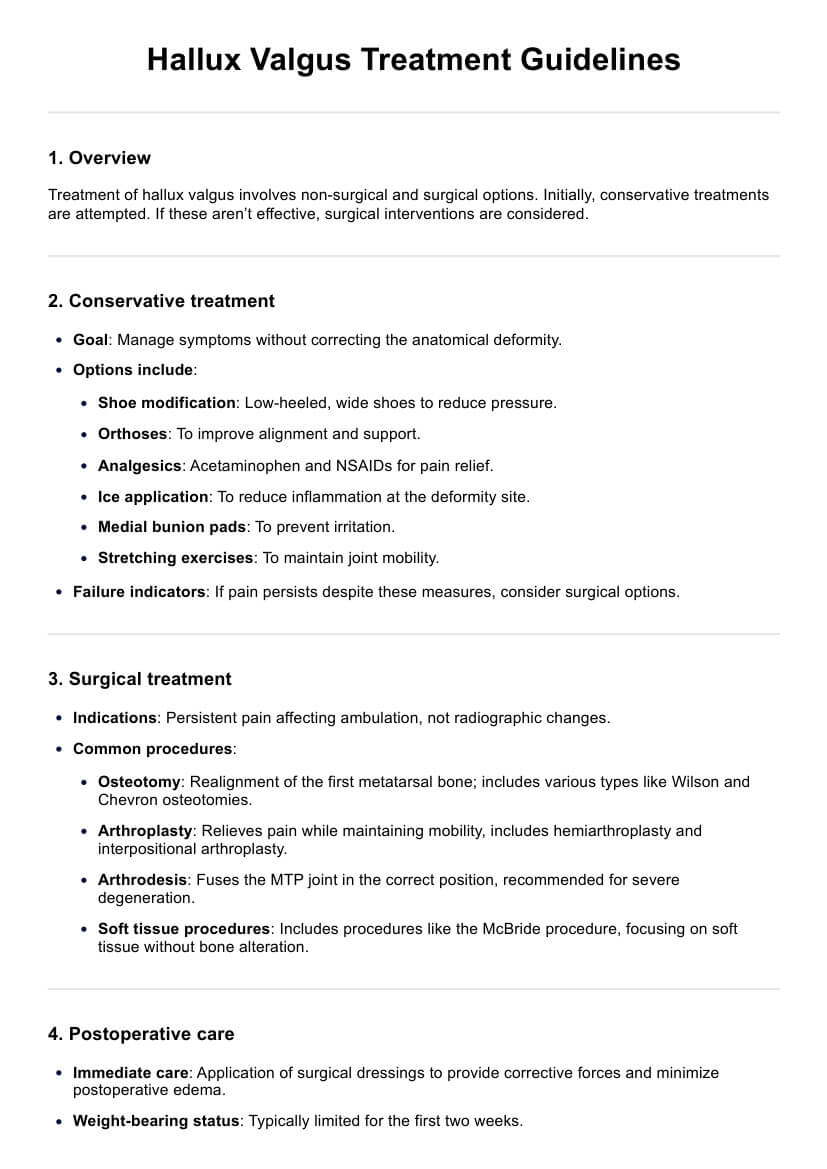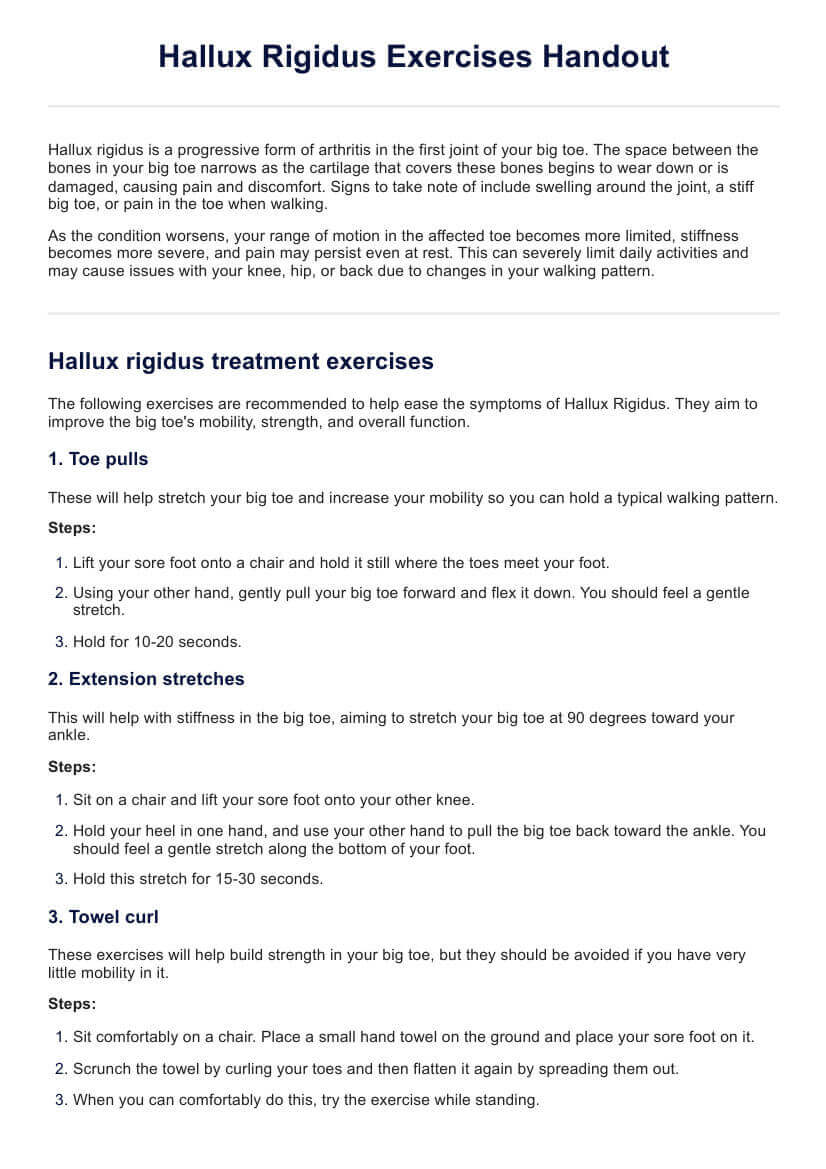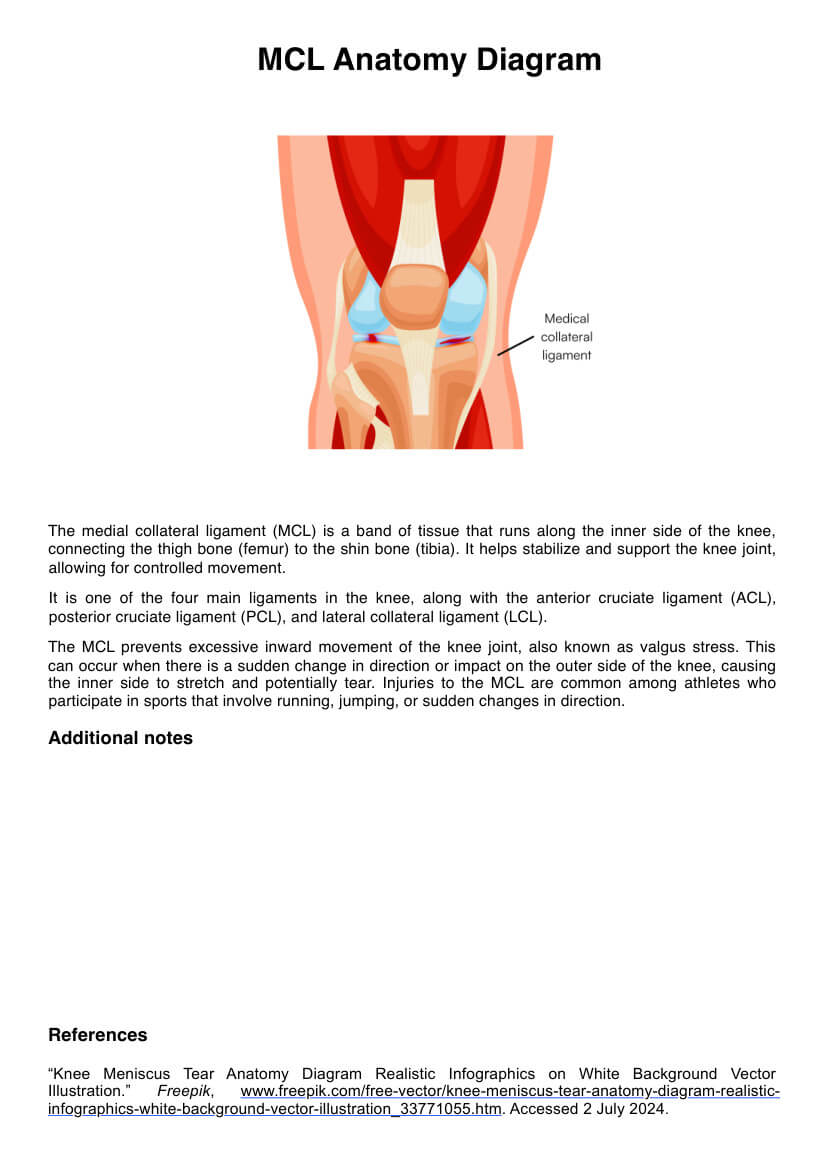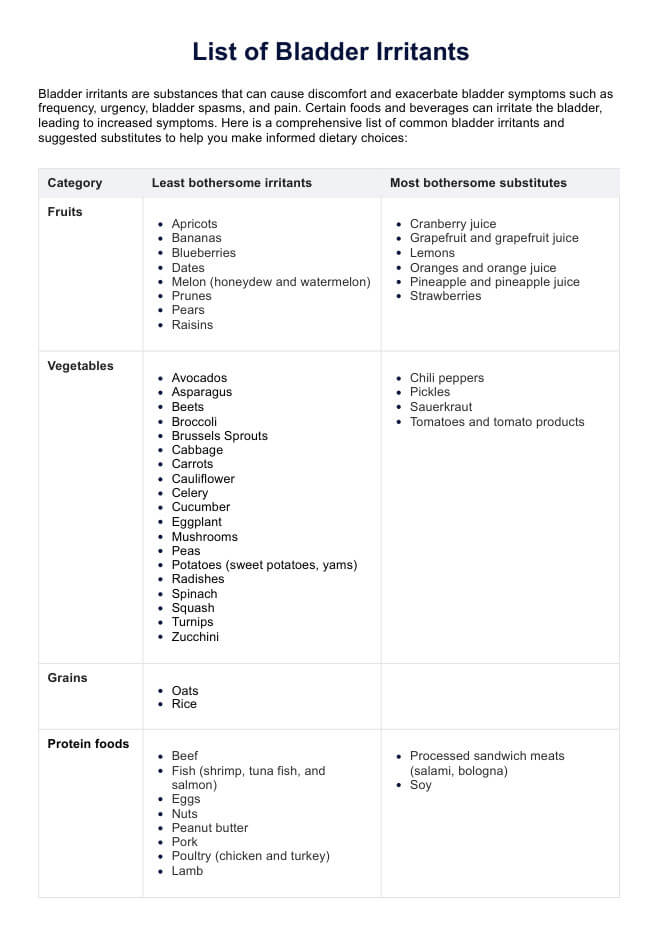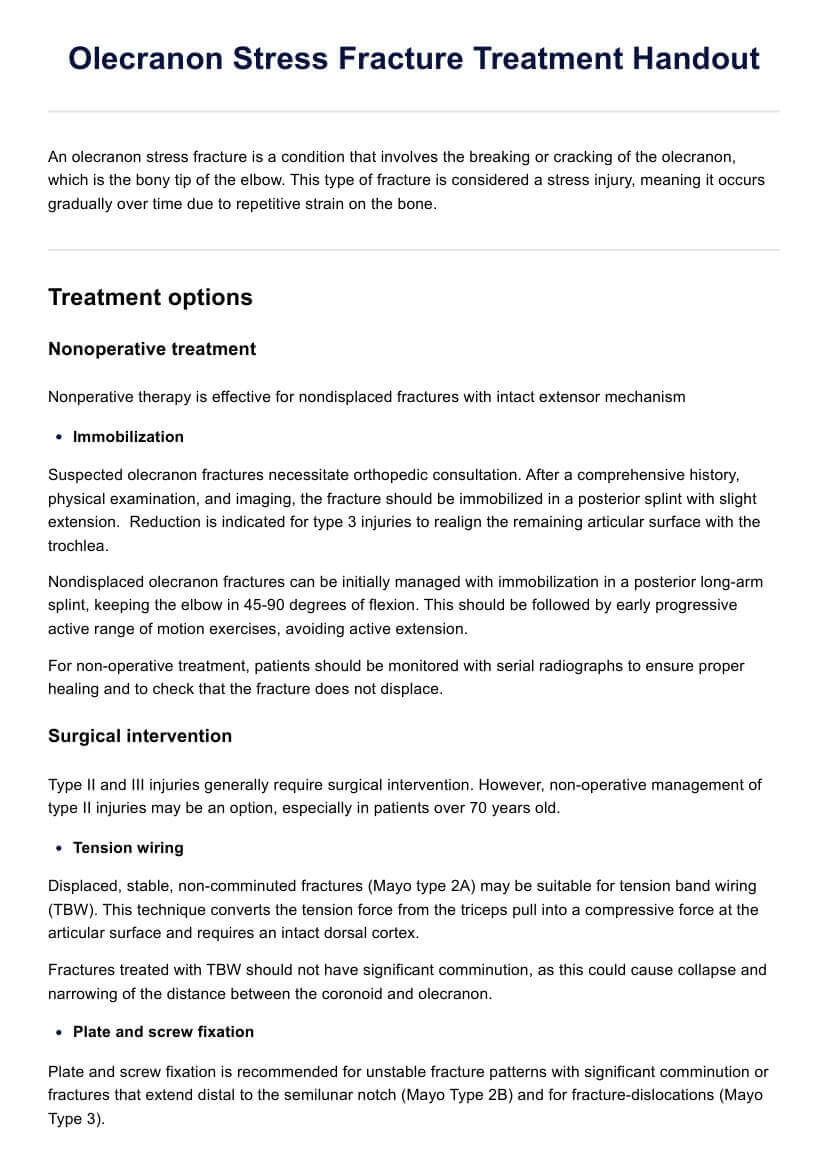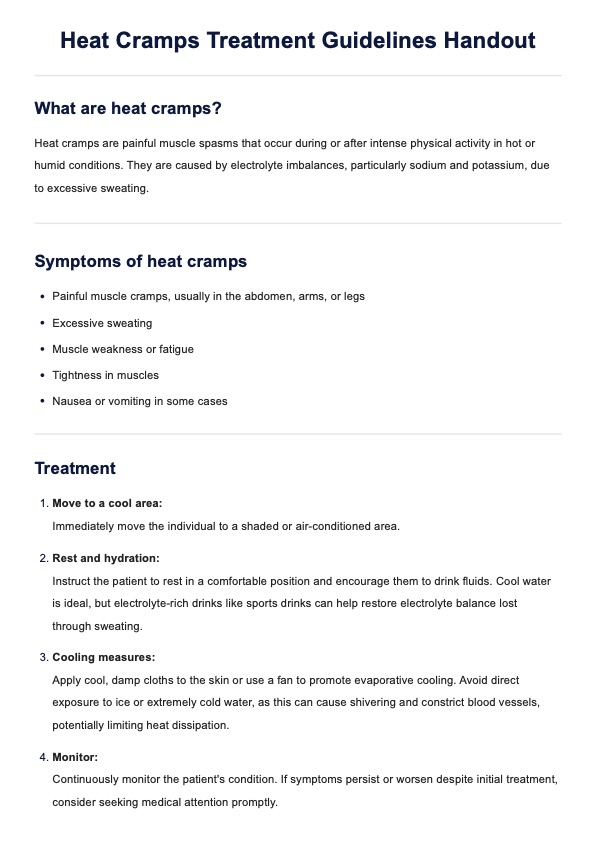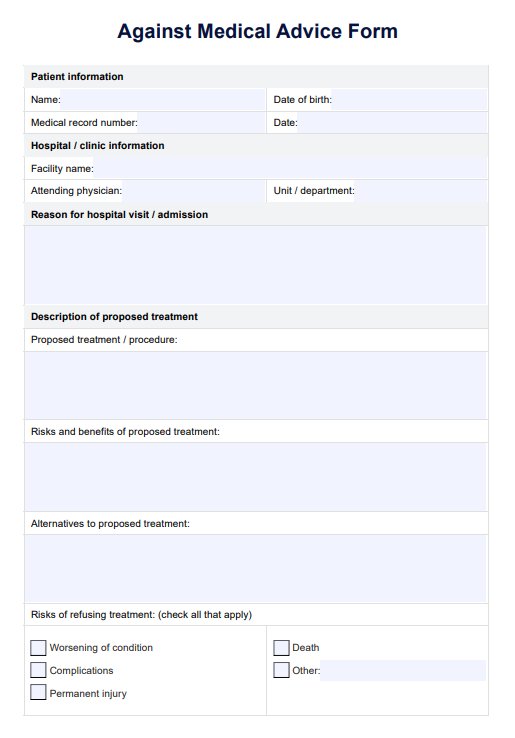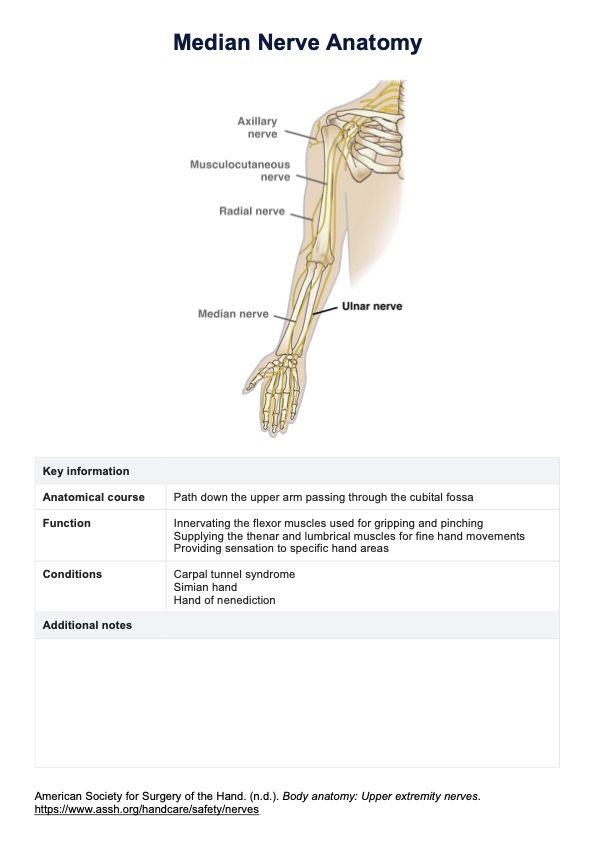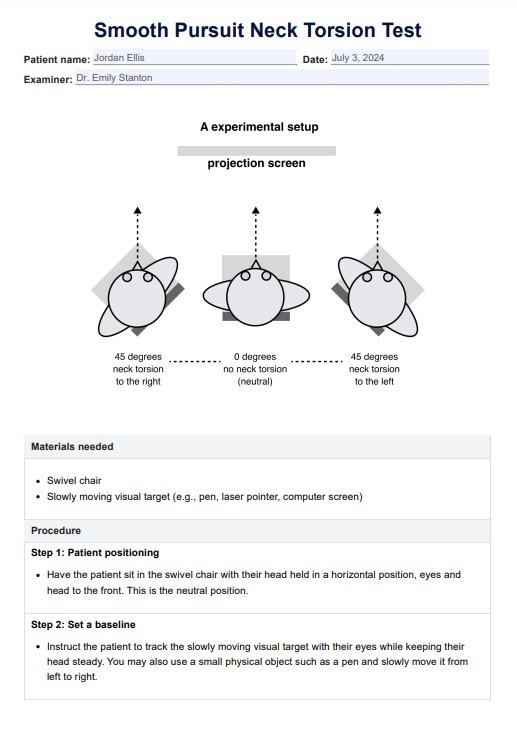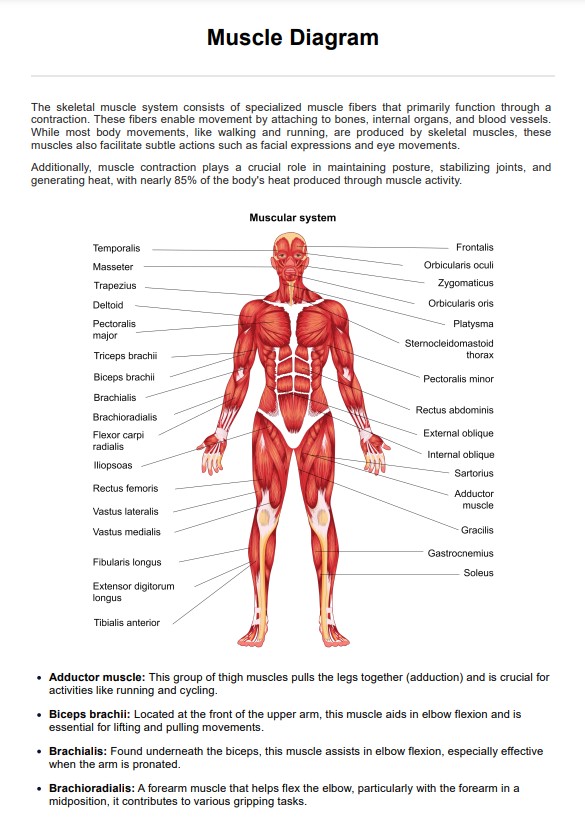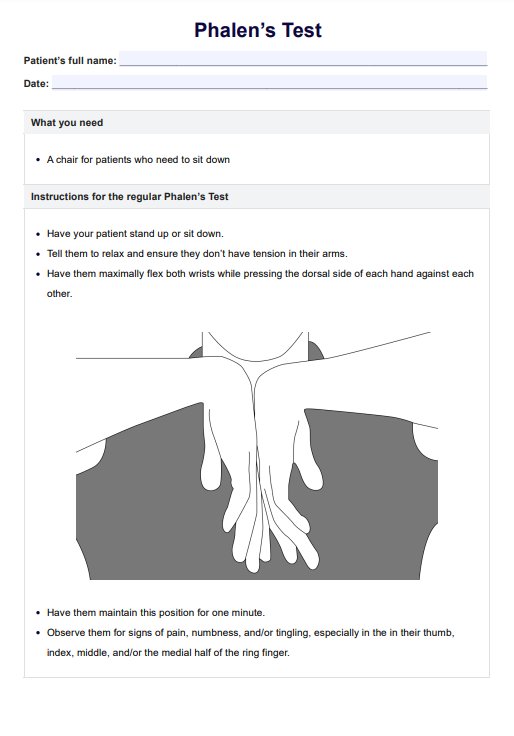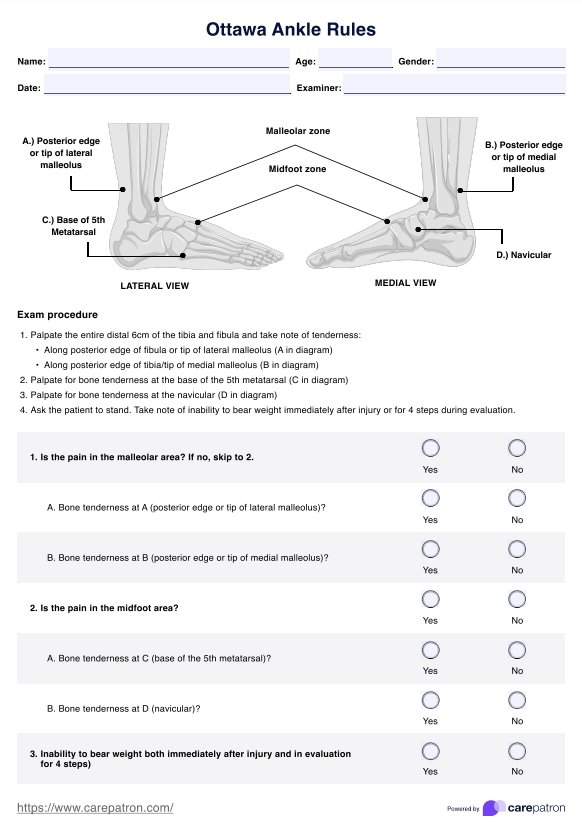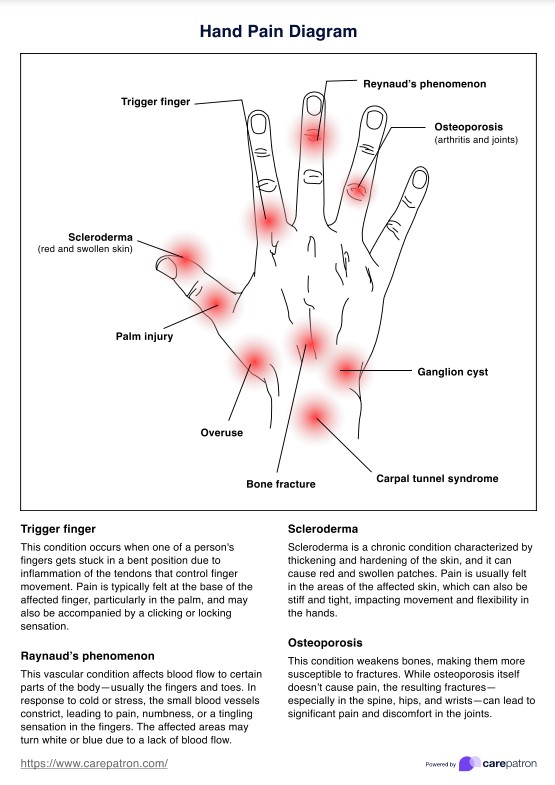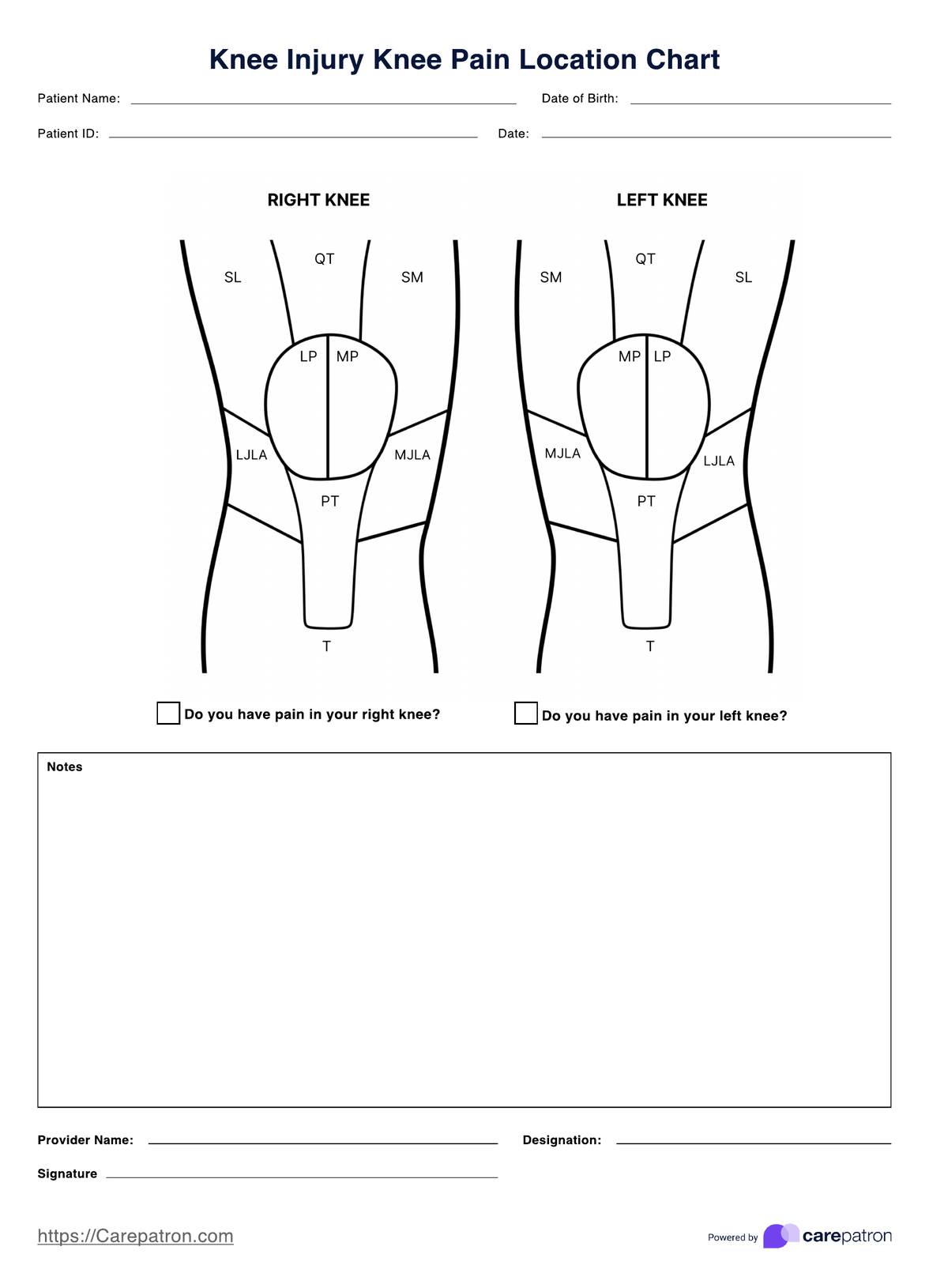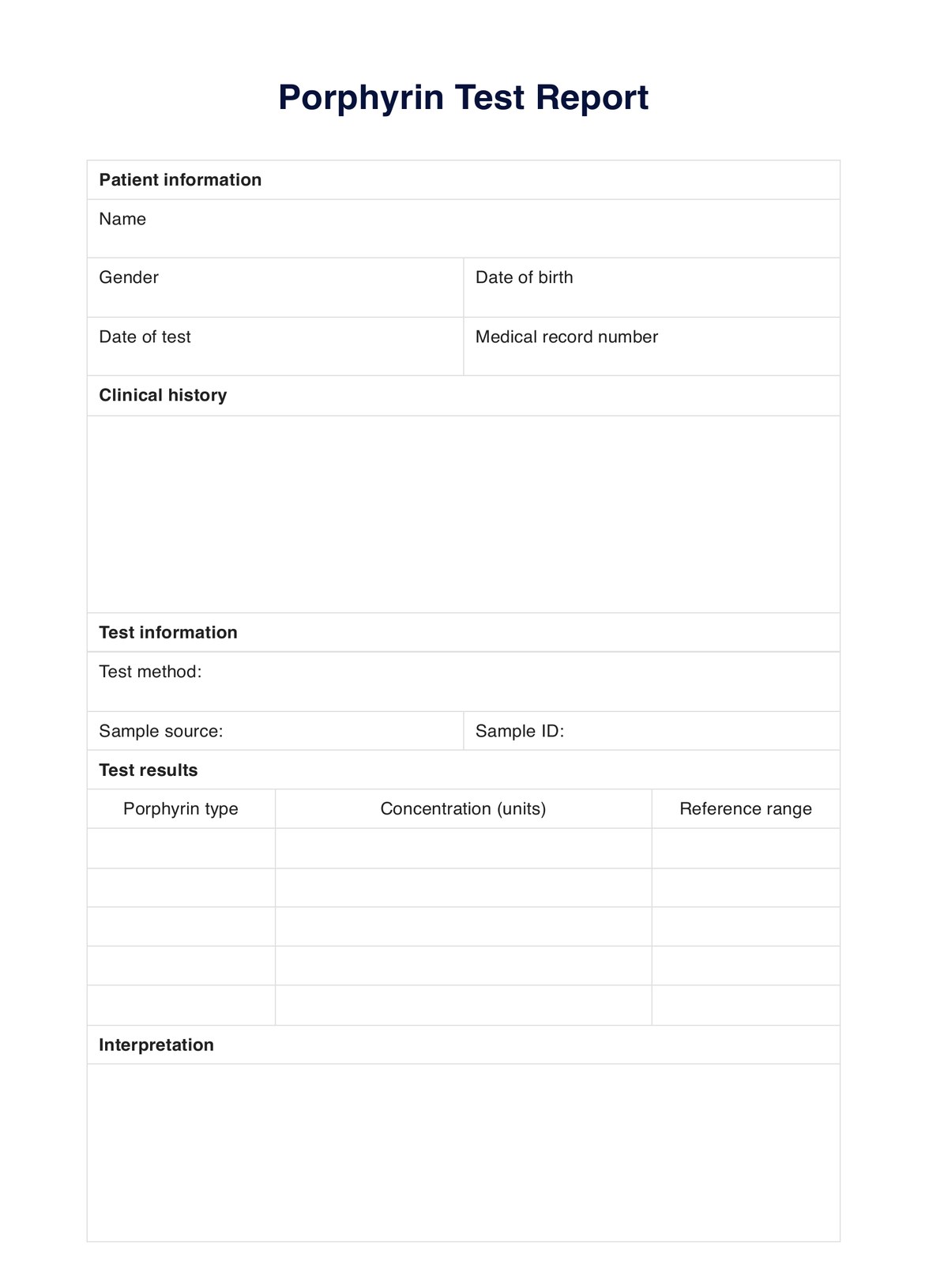Strabismus Test
Learn about the Strabismus Test and download a free PDF and example. Find out how this assessment tool can help you diagnose strabismus.


What is a Strabismus Test?
Strabismus, also known as squint or crossed eyes, is a condition in which the eyes are misaligned and do not look in the same direction at the same time. It typically affects both children and adults, though it most commonly develops in infancy or early childhood.
In strabismus, one eye may turn outward (exotropia), inward (esotropia), upward (hypertropia), or downward (hypotropia). It can be constant or intermittent, and one eye may turn in a different direction than the other.
Strabismus is usually treated with corrective lenses, patching, vision therapy, botulinum toxin injections (Botox), or, in some cases, surgery. Depending on the type and severity of strabismus, treatment may improve the alignment of the eyes or develop better eye coordination between them.
A, or Cover Test, is the most commonly used assessment to help diagnose strabismus. It involves covering each eye in turn and observing eye movement, indicating strabismus.
Note that this test only identifies the presence of strabismus and does not provide any information about its severity or type. Further evaluation is required to determine the type and degree of strabismus present.
Strabismus Test Template
Strabismus Test Example
How does it work?
Our printable Strabismus Test template consists of comprehensive instructions you can use to perform the exam. Here's how to get started:
Step One: Access the free worksheet
Get a copy of the Strabismus Test using the link provided on this page. Alternatively, download it from the Carepatron app or our handy resources library.
Step Two: Explain how the test works
Discuss the test with your patient or their guardian before you start. Explain that it involves covering one of the patient's eyes and then looking at their eyes to assess their alignment. Make sure to answer any questions they have.
Step Three: Perform the test
Cover one of the patient's eyes and observe how their eyes move together or independently. Repeat with the other eye, then compare your results to the diagrams provided in the template.
Step Four: Interpret the results
Check your findings and compare results using the Strabismus Test chart. If the patient's eyes are far from normal, it could indicate a problem. Depending on your observations, you may need to refer them for further tests or treatment.
Step Five: Document the results
Document your findings using the template, and include your interpretation of the results. This information will help inform any decisions that need to be made regarding the patient's care.
Step Six: Follow up
Follow up with the patient as needed and record any changes in their condition. Be sure to also guide them on what they should do if they experience any new symptoms or further deterioration in their condition.
When would you use this Template?
The Strabismus Test Assessment template is an excellent tool for any eye doctor wanting to assess their patients' eye muscle strength and coordination. You can also utilize this exam to:
Check for vision abnormalities
You conduct a Strabismus Test to determine if any of your patients have visual impairments due to strabismus. You can also use it as an assessment tool before recommending corrective treatment, such as eyeglasses or contact lenses.
Assess changes in eye muscle strength over time
This assessment tool lets you track your patients' eye muscle strength and coordination over time. This can help you monitor their progress or determine whether vision issues improve or worsen.
Identify abnormal eye movements
Using this assessment tool, you can identify any abnormal eye movements in your patients. You can then use this information to decide if any further testing or treatments are necessary. This is especially helpful for younger patients who cannot explain their symptoms accurately.
Monitor progress of treatment
This Strabismus Test template can help you track the progression of your patient’s vision over time. This will allow you to see if the corrective treatments have improved their vision and whether additional therapies may be necessary.
Who is this free Strabismus Test PDF for?
This test is helpful for healthcare professionals such as the following:
- Ophthalmologists
- Optometrists
- Eye therapists
- Pediatricians
- Family practitioners
- Nurses
Moreover, this exam can be used in various settings like hospitals, clinics, doctor’s offices, and optometry practices. It can also help diagnose strabismus in patients of all ages.
Benefits of free Strabismus Test template
Our Free Strabismus Test has several benefits for healthcare professionals and patients. The following are a few of them:
It's easy to access and understand
This test is readily available for free and has a simple format. It can be filled out quickly with little effort since the instructions are clear and straightforward. Our Strabismus Test is also fully digital and can be accessed on any device with internet access.
It can help with an early diagnosis
With the help of this test, you can make an early diagnosis of strabismus in patients. It helps to identify if a patient has any form of misalignment. This information allows for better treatment decisions and quicker resolution.
It includes a strabismus chart for comparison
The Strabismus Test also includes a strabismus chart that can be used to compare the test results. It can assist you in evaluating any discrepancies between the patient’s eyes, which may indicate misalignment.
It's non-invasive
This test is completely non-invasive. It does not require any surgery or special equipment. You can easily access the test from the Carepatron app and administer it immediately.
It's suitable for all ages
It only takes a few minutes to complete and can be used to accurately assess the alignment of children, adolescents, and adults.
Commonly asked questions
Ophthalmologists, optometrists, and other eye care professionals use Strabismus Tests to diagnose and treat strabismus.
Strabismus Tests are used to assess the alignment of the eyes in children, adolescents, and adults. The tests are often performed as part of a comprehensive eye exam.
Once tests have been completed, storing them safely and securely is important. Depending on your practice or clinic, medical records, and images may have different storage requirements. It is important to follow these guidelines.
Strabismus Tests assess the alignment of the eyes and eye movement. The tests may also measure how far apart or close together the eyes are and how much convergence or divergence is occurring. These tests can help to determine if there is a need for glasses or eye surgery.


